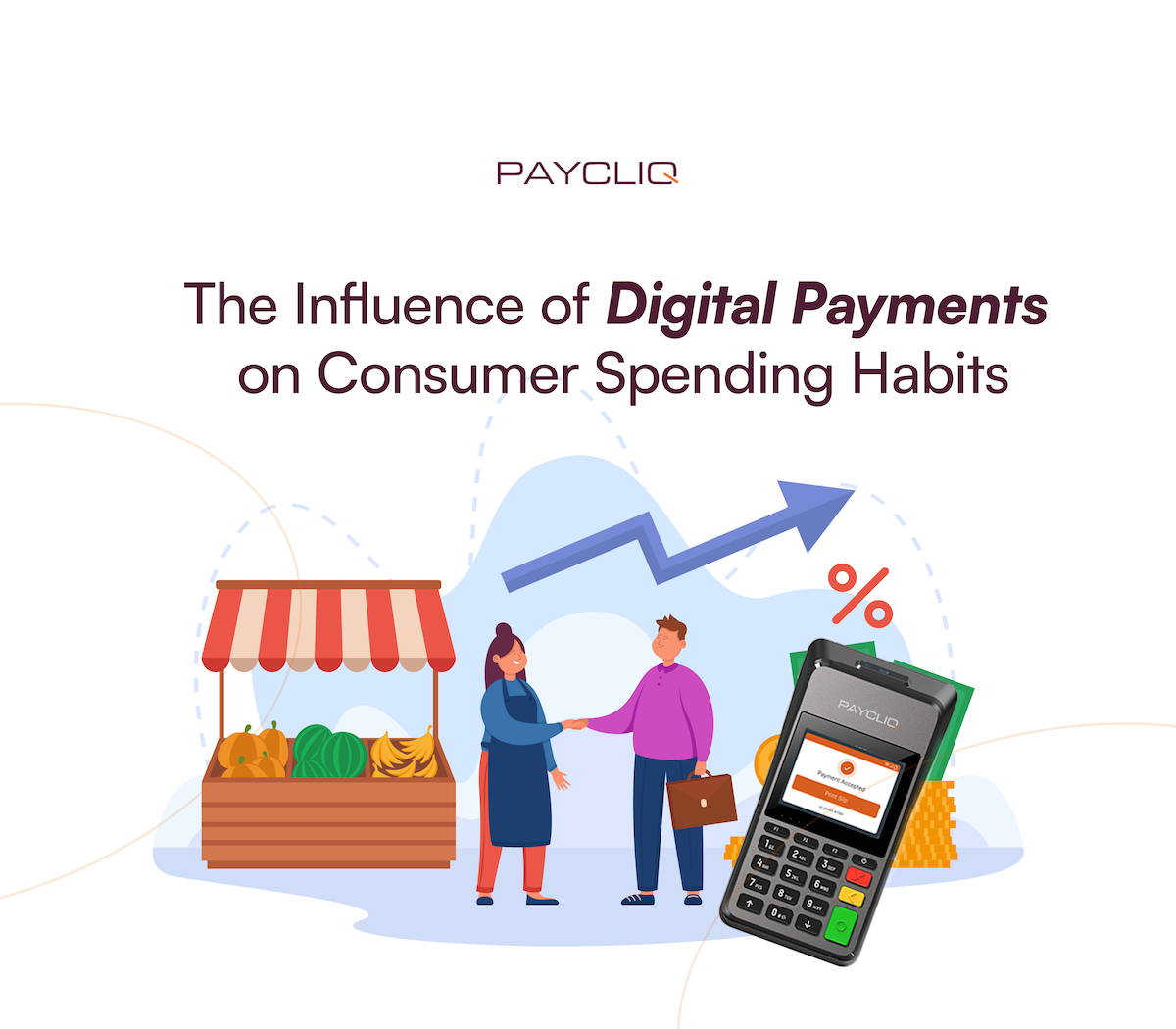Digital payments have become the new normal and changed the outlook of the financial space in Nigeria. Consumers do not depend only on cash transactions; instead, they use different types of cashless payment options such as card payments, contactless payments, mobile wallets, USSD codes, and NQR codes to pay for goods and services. So, as digital transactions become more popular, consumer spending behaviour have changed drastically. Cashless payments’ ease, speed, and flexibility have encouraged higher spending, impulse buying, and improved financial decision-making. In this article, we will look at the key factors that drive consumer spending in the digital payment era and the benefits of these spending habits for businesses.
Factors That Encourage Consumer Spending in the Digital Payment Era
1. Convenience and Ease of Transactions
Convenience influences consumer spending, and since digital payment methods have eliminated the need to carry cash, visit ATMs, or deal with loose change, consumers spend more even without realising it.
The frictionless payment options, like:
- Mobile wallets and contactless cards allow for quick transactions with just a tap.
- USSD and QR code payments aid easy transactions without internet access.
- Online banking and payment apps provide consumers with 24/7 access to their funds.
2. Increased Spending Power Through Credit and Buy Now, Pay Later (BNPL)
The perception of “spending now and paying later” makes consumers more inclined to make larger or more frequent purchases. This is possible with the availability of digital lending platforms and BNPL services. While the BNPL services allow customers to purchase immediately and pay in instalments, the microloans and digital lending offer quick access to funds, which encourages impulse buying.
3. Digital Payment Rewards and Cashback Incentives
Consumers are naturally drawn to discounts, rewards, and cashback offers that come with digital payments. Many fintech companies and banks incentivise cashless transactions with cashback rewards on transactions, loyalty points and reward programmes, discounts and promotional offers for using specific payment methods. These perks encourage customers to spend more to maximise their gains.
4. The Psychology of Cashless Transactions
Researches show that people spend more using digital payments than cash. This psychological shift encourages more spending and frequent transactions; it is known as the cashless effect, and is caused by;
- Reduced pain of payment: Unlike physical cash, digital payments feel less tangible, making spending easier.
- Lack of immediate financial constraints: With credit or digital wallets, consumers do not feel the impact of spending as much as they do with physical cash.
- Seamless transactions: Quick, tap-and-go purchases eliminate the time for second thoughts.
5. Growth of E-commerce and On-Demand Services
Another influencing factor is the rise of e-commerce platforms, food delivery apps, and subscription-based services. Digital payments make it easier for consumers to shop online without cash handling, subscribe to recurring services like Netflix, Spotify, and cloud storage, and pay for on-demand services such as rides and meal deliveries. Being able to automatically pay, sometimes without manual interventions further encourages spending.
Advantages of Consumer Spending Habits for Businesses
The shift in consumer spending behaviour due to digital payments has positively impacted businesses. Below is how:
- Increased Sales and Higher Transaction Volumes: Businesses that use digital payment options boosts sales conversions, increase order values, have quicker payment processing.
- Improved Customer Experience and Retention: Consumers prioritise businesses that offer hassle-free, secure, and convenient payment options. A smooth payment process will enhance customer satisfaction and retention.
- Lower Cash Handling Costs and Operational Efficiency: Handling physical cash is risky and can lead to theft, errors, and high processing costs. Digital payments help businesses reduce cash-handling expenses, improve financial tracking with automated reports, and enhance operational efficiency by integrating POS systems and digital wallets.
- Access to Consumer Spending Insights: Digital payment systems provide businesses with valuable consumer data, including spending patterns and peak purchasing times, most popular products or services, customer preferences and behaviour analytics. These insights help businesses to personalise marketing strategies, optimise inventory, and improve customer engagement.
- Expansion into Global and Online Markets: With digital payments, businesses can sell to international customers without currency restrictions, expand online through e-commerce and digital marketplaces and tap into the gig economy and digital service markets.
Our Take
Digital payments have shaped consumer spending habits, making transactions more convenient, frequent, and higher in value. With the availability of mobile wallets, contactless payments, USSD banking, and BNPL services, consumers are spending more effortlessly than ever before. As technology advances, digital payments will remain a cornerstone of the global economy and continue to influence how consumers spend, save, and interact with businesses.
For businesses, this shift presents an opportunity for increased sales, enhanced customer experience, and valuable data-driven insights. Embrace digital payment solutions, stay ahead in the rapid financial space that caters to the modern consumer, and drive long-term growth.



What do you think?
It is nice to know your opinion. Leave a comment.